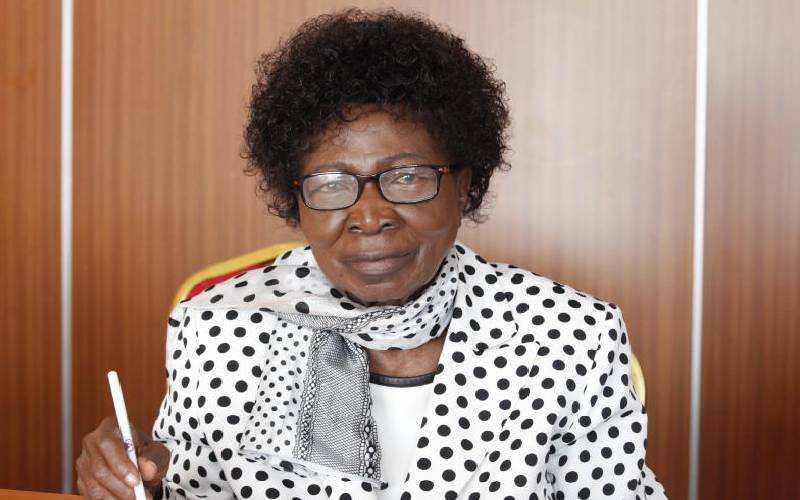×
The Standard e-Paper
Read Offline Anywhere

Former Karachuonyo Member of Parliament Karachuonyo Phoebe Asiyo. [File, Standard]
Kenya’s second President Daniel arap Moi, who is being laid to rest today, leaves a rich legacy on women and youth empowerment.